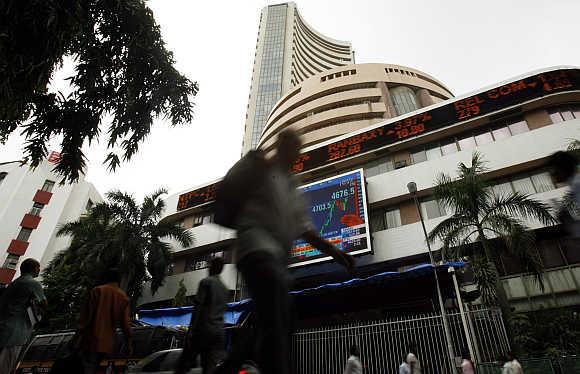
In some ways, the Indian sell-off mirrors the fate of risky securities globally. The MSCI Emerging Markets Index is now lower than when the Federal Reserve launched its third round of quantitative easing on September 13. Fears of untimely fiscal cutbacks in the United States and a deepening of the sclerosis in the euro zone are weighing on sentiment.
...

But skittish investors are only one part of the story. A much bigger challenge for India is the deteriorating financial cycle. A Breakingviews analysis of 16 years of monthly bank loan data shows that - after stripping out trend growth and seasonal fluctuations - the cyclical downturn in credit that began in early 2008 is yet to level off, let alone begin a recovery.
That's hardly unusual. Financial downturns tend to last several years, while a typical business cycle recession tends to be over in about 12 months, according to a study by Bank for International Settlements researchers Mathias Drehmann, Claudio Borio and Kostas Tsatsaronis.
...
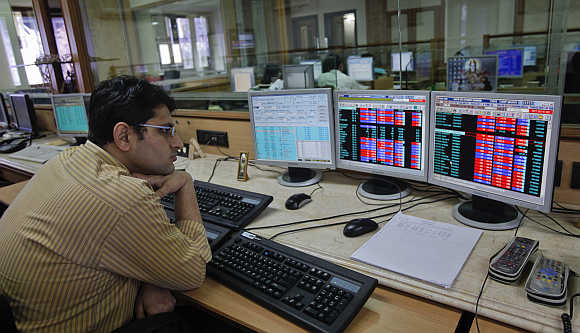
In a bank-dominated financial system like India's, the lending and borrowing cycle is of particular relevance to investors. The benchmark Nifty equity index more than quadrupled during the credit boom that began in late 2003 and lasted through early 2008.
It is currently trading 11 per cent below its January 2008 high. By pruning fuel subsidies, and announcing its decision to open up retail, aviation and insurance industries to greater foreign participation, the government has stoked expectations of an investment-led revival in an economy that grew as little as 5.5 per cent in the June quarter, its worst fiscal first-quarter performance in a decade.
...

But recent economic data from New Delhi belie expectations of a quick recovery. Capital goods production, which has been lacklustre for almost a year now, collapsed in September even as the country's trade deficit widened to a staggering 14 per cent of GDP on an annualised basis last month.
With consumer prices rising about 10 per cent year-on-year in October, investors are not expecting more than a couple of quarter-percentage-point interest rate cuts in the first half of next year. A token reduction in the central bank's policy rate of eight per cent will have some impact on borrowing decisions; but it will be small and come with a considerable lag.
...
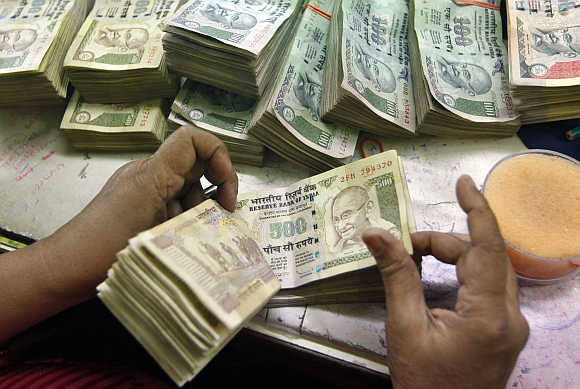
Meanwhile, more existing bank loans will go bad. By March next year, 10 per cent or more of Indian lenders' loan books will consist of either non-performing or restructured debt, according to Fitch Ratings.
It isn't easy to revive investments when lenders, especially state-run banks, are struggling to cope with past mistakes. Borrowers, too, are in dire straits. The most intrepid investors between 2004 and 2007 were home-grown entrepreneurs and business families.
They behaved very differently from government-owned companies and multinationals by gallantly expanding into industries about which they knew little.
...
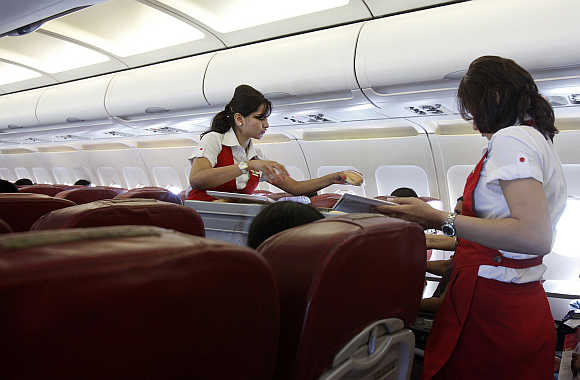
These "growth champions" are today among the most indebted Indian businesses, according to research by brokerage firm Jefferies. One obvious solution is for the government to inject fresh capital into state-run banks. The $3 billion that the government has set aside for this purpose in this year's federal Budget is inadequate.
Just one debtor - Kingfisher Airlines - owes lenders more than $1 billion. If the grounded carrier doesn't fly again, very little of this amount may be recovered. As the controlling shareholder, the government should do much more to bolster the balance sheets of state banks.
...
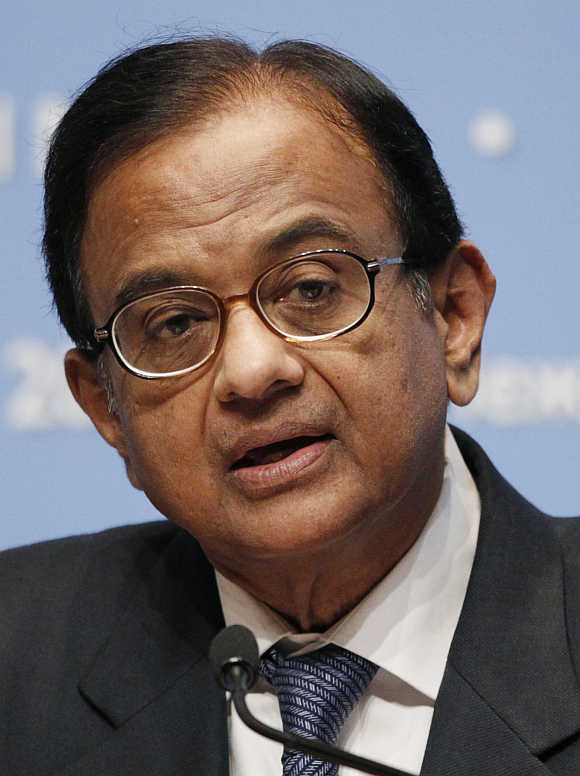
But it is also cash-strapped. A recent auction of telecom spectrum fetched the exchequer less than a fourth of the $7 billion revenue target. The annual budget deficit is at risk of wildly overshooting Finance Minister P Chidambaram's revised goal of 5.3 per cent of GDP.
Chidambaram is trying a different strategy to end the credit downturn. He has asked the central bank to start giving out new banking licences quickly. Tactically, it is a smart ploy. New private lenders will bring in fresh equity and give the jaded banking system an additional loss-absorbing cushion.
...
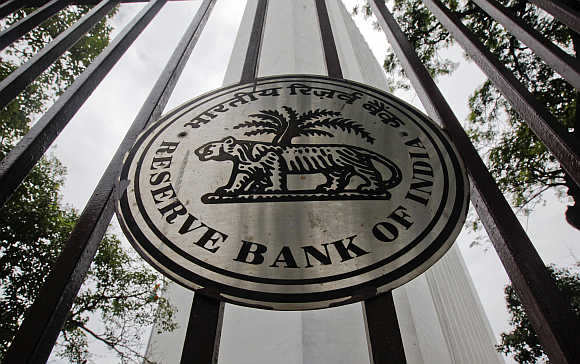
But the Reserve Bank of India, which hasn't issued any new banking licences in 10 years, is holding up the finance ministry's plan, and for good reasons. Before it allows new deposit-taking institutions to be set up, including by non-financial corporate groups, the RBI, which is also the country's banking supervisor, wants the legal authority to sack rogue bank boards.
Amendments to the country's banking laws that would have accorded the monetary authority such wide-ranging powers were introduced in Parliament seven years ago. They were never passed. The central bank is quite right to be circumspect, even at the cost of annoying the finance minister.
...
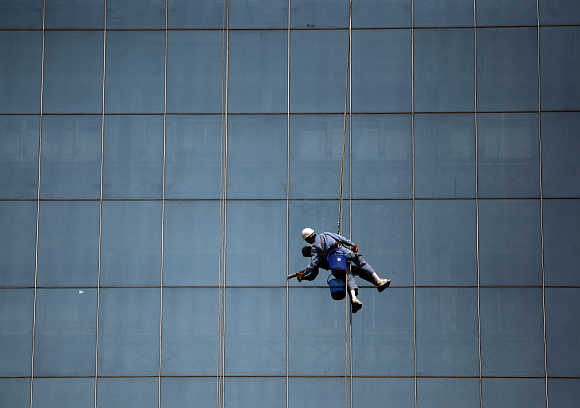
Pending an infusion of new capital into the banking system, the government is seeking to counter the cyclical downturn by cajoling cash-rich state-owned firms to speed up investments. A better strategy would be for the government to curtail its own consumption expenditure and reduce its borrowings.
More household savings would then be freed up for corporate investments, and not just by state-controlled companies. But fiscal consolidation in a slowing economy has to be gradual, lest it makes the short-term growth challenge worse. It's already been about five years since the end of the last big credit boom in India. On present evidence, seven lean years is not a far-fetched proposition.
The writer is the Asia economics columnist at Reuters Breakingviews in Singapore. These views are his own